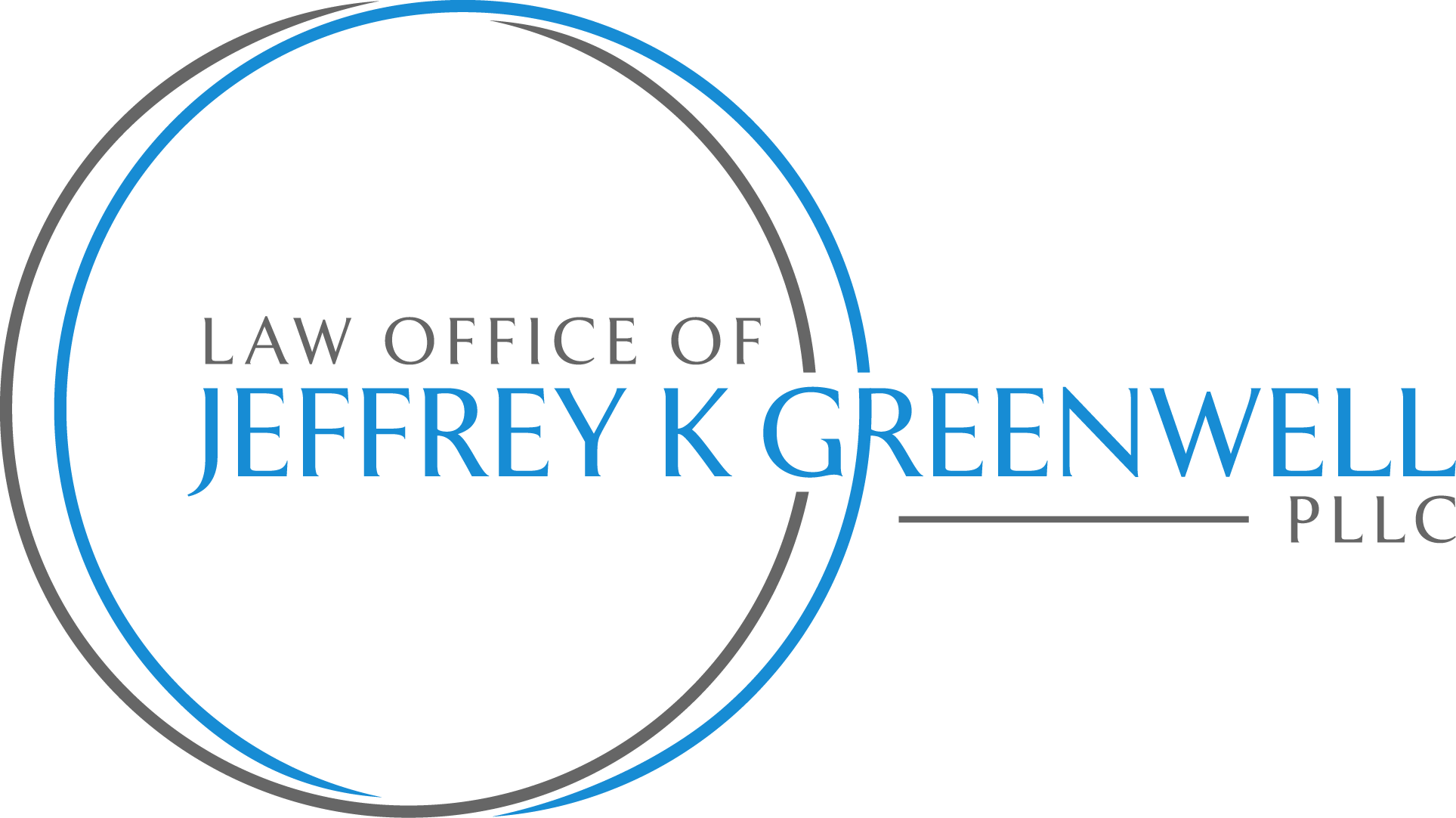If you owe too much debt but still need the benefits of Chapter 13, consider “Chapter 20.”
How Much Is Too Much Debt?
In our last blog we talked about the Chapter 13 debt limits and how they were just increased on April 1, 2013 with bankruptcy law’s automatic 3-year inflation adjustment. So now a person filing a Chapter 13 case, or a married couple doing so together, must have less than $383,175 in total unsecured debts AND also less than $1,149,525 in secured debts.
These amounts ARE quite high, so they don’t stop most people from filing Chapter 13 if they qualify otherwise. But in some situations—like if you operated a business or are surrendering collateral of significant value like real estate—you may have more debt than you realize. And the distinctions between secured and unsecured debt for this purpose are sometimes not what you’d think, so that you may have more unsecured debt than you expect, potentially pushing you over that limit. So you might want to do a Chapter 13 case but owe too much.
When You Really Need Chapter 13 But Have Too Much Debt
Chapter 13 comes with quite a few benefits not available under Chapter 7. Maybe the most commonly used is the ability to stretch out payments to certain special creditors while being protected from any collection action by those creditors. This includes mortgage and vehicle loan arrearages, tax debts, and back child and spousal support. Also, sometimes vehicle loans can be “crammed down,” often significantly reducing your monthly payments and the total amount to be paid. And second mortgages on your home can sometimes be “stripped off,” potentially saving you tens of thousands of dollars.
So if you are over either of the debt limits, but would still significantly benefit from a Chapter 13 case, it’s worth thinking about the so-called Chapter 20.
Chapter 7 + Chapter 13 = Chapter 20
You won’t find anything called Chapter 20 in the Bankruptcy Code. It refers to a situation in which a Chapter 13 is filed right after your Chapter 7 is completed. The point is to discharge (legally write off) much of your debts through the Chapter 7 case so that your debts fall below the Chapter 13 debt limits. Then you can qualify for the Chapter 13 benefits that you need.
But Can You File Two Bankruptcies So Close Together?
As you may have heard that if you file a Chapter 7 case and get a discharge of those debts that can be discharged, you have to wait 4 years to file a Chapter 13 case. So, can you even file a Chapter 13 case any sooner? And if so, what would be the point of doing so?
Generally, yes, you can file a Chapter 13 case right after the completion of a Chapter 7 case. You don’t have to wait 4 years or any length of time, as long as you are not getting a new discharge of your debts in the follow-up Chapter 13 case. But you don’t need another discharge of your debts because those that could be discharged would have just been discharged in your Chapter 7 case. Instead you’d be filing the Chapter 13 for its other special benefits, such as to be able to pay remaining debts while under bankruptcy protection, and for other benefits mentioned above.
However, it’s important to be aware that bankruptcy judges in different areas of the country DO have different attitudes about the use of this strategy. Although all bankruptcy courts all over the country follow the same federal Bankruptcy Code, they interpret the law differently. Likely, a majority of judges allow it, but sometimes it depends on the circumstances. You definitely need to talk to your local bankruptcy attorney about local practices and how they’d be applied to your own unique situation.
Chapter 20 for Other Reasons
Even if your debts are not so large that they exceed the Chapter 13 debt limits, there are other situations when filing a Chapter 13 on the heels of a Chapter 7 one could be worthwhile.
If you need to have more money available in your Chapter 13 case to pay towards an arrearage or to pay off a non-dischargeable debt, it may be necessary to file a Chapter 7 first to eliminate all other possible debts. That could reduce the length of the Chapter 13 case, or enable you to have enough money during your case to cure the necessary mortgage arrearage or pay off the non-dischargeable income tax or support debt. Filing Chapter 7 first may be necessary to make the later Chapter 13 successful.
Lastly, a common reason for using the “Chapter 20” strategy in some parts of the country is for second lien-stripping, also mentioned above. If your home is worth no more than the debt owed on your first mortgage, then with your Chapter 13 filing you may be able to avoid paying your second (or third) mortgage payments, and not owe those debts at all at the completion of your case. Filing the Chapter 7 case beforehand could make this lien-stripping Chapter 13 case not as long and/or cost significantly less money.
